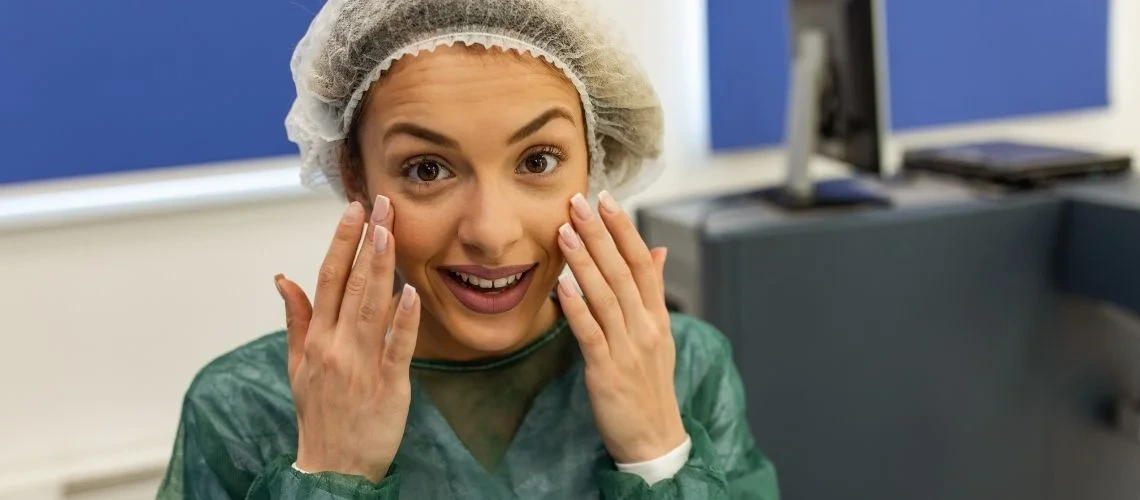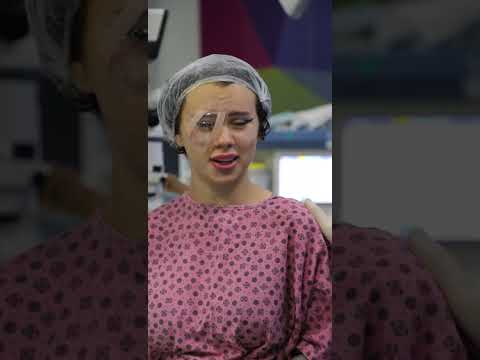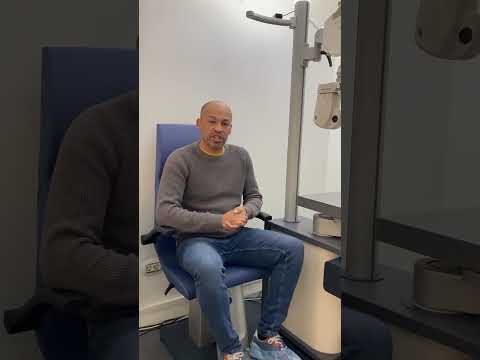The Smart Lens, also known as the Trifocal Lens, is a three-focus lens that has become increasingly popular in recent years and is considered one of the most advanced technologies in the treatment of eye diseases. With trifocal lenses, it is possible to treat refractive errors such as cataracts, myopia, astigmatism, hyperopia, and presbyopia in a single surgery. “Smart Lens surgeries,” known as Trifocal Intraocular Lens Surgeries, have been performed for the past 15 years. Cataracts are not a prerequisite for undergoing smart lens treatment. These lenses feature three focal points, enabling users to see objects clearly at near, intermediate, and far distances.
Trifocal lenses are primarily used to correct multifocal vision problems that arise in aging eyes. This type of surgery is generally preferred for individuals over the age of 45 who suffer from both near and distance vision problems and are found suitable following a detailed eye examination. A newer generation of smart lenses, known as EDOF lenses (Extended Depth of Focus lenses), offers glasses-free vision at far and intermediate distances. However, a low-powered pair of reading glasses may still be required for close-up tasks. To determine which lens is best suited for your eyes, we evaluate the results of various diagnostic tests. Please consult your doctor for a comprehensive eye examination.
What Are the Focal Points of Trifocal Lenses?
Trifocal lenses have three focal points, allowing individuals to maintain a glasses-free lifestyle while addressing vision impairments at far, intermediate, and near distances.
-
Far Distance: The upper part of the trifocal lens is designed for seeing distant objects clearly, such as while driving or reading faraway signs.
-
Intermediate Distance: The middle portion of the lens provides clear vision for tasks like viewing computer screens or dashboards.
-
Near Distance: The lower part of the lens is optimized for reading or writing, enabling clear vision at close range.
Trifocal lenses are often prescribed with special glasses to meet various distance needs. However, especially in the beginning, patients may go through an adaptation period, as they need to adjust their gaze according to the lens focus.
What Are the Options for Smart Lenses?
There are several types of smart lenses available, including:
-
Monofocal lenses: Single-focus lenses
-
Bifocal lenses: Two-focus lenses
-
Progressive lenses: Transitional-focus lenses
The appropriate lens type is chosen based on the individual's eye health, age, lifestyle, and personal preferences, and should be determined in consultation with an eye specialist.
How Is the Smart Lens – Trifocal Lens Surgery Performed?
Smart Lens – Trifocal Lens surgery is performed under local anesthesia and typically takes about 10 minutes. Since the procedure involves micro-incisions, stitches are not required. It is also possible to perform this surgery using Femtosecond Laser technology, without the need for a blade.
Most patients can return to their daily routines the very next day after surgery. This is an outpatient procedure, and unless there are special circumstances, surgeries on both eyes can usually be done one or two days apart.
In the first few months following surgery, seeing glare or halos around lights is considered normal. Thanks to a process called neuroadaptation, these symptoms usually diminish over time and become less noticeable.












